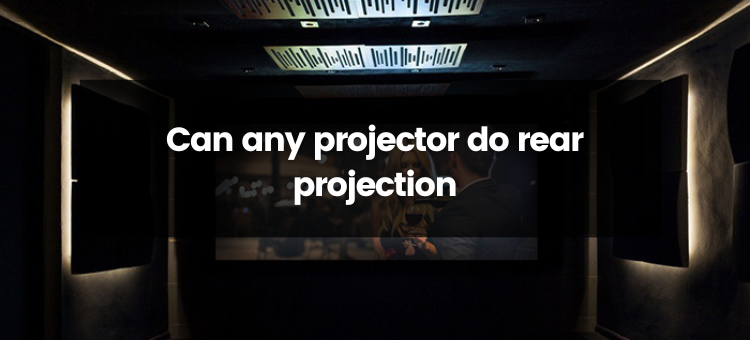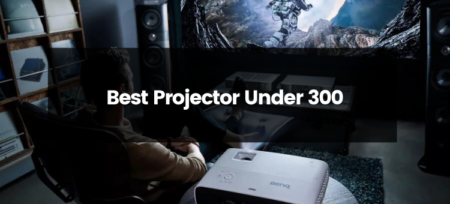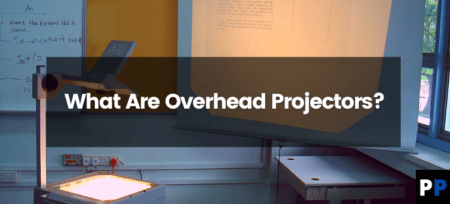Rear projection is a popular method for displaying large-scale images in a variety of settings, such as movie theaters, trade shows, and public spaces. It involves projecting an image onto a screen that is positioned behind the audience, rather than in front of them. But, can any projector do rear projection? In this blog post, we’ll take a closer look at the capabilities of different types of projectors and what to consider when using rear projection.
Rear projection is a versatile method for displaying large-scale images, and it can be used in a variety of settings. However, not all projectors are capable of rear projection, and it’s important to understand the capabilities of different types of projectors when planning a rear projection setup.

Types of Projectors and their Capabilities
There are several types of projectors available on the market, each with their own capabilities and limitations. Here are a few of the most common types of projectors and their capabilities:
Front projectors: Front projectors are the most common type of projector and are designed to project an image onto a screen that is positioned in front of the audience. They are not typically designed for rear projection, and the image quality may be affected if the projector is positioned behind the audience.
Rear projectors: Rear projectors are specifically designed for rear projection, and they produce a high-quality image when positioned behind the audience. They are typically more expensive than front projectors, and they can be more difficult to set up and maintain.
Short-throw projectors: Short-throw projectors are a type of front projector that can produce a large image from a short distance. They are not typically designed for rear projection, but they can be used in certain situations where space is limited.
Ultra-short throw projectors: These projectors can be mounted very close to the screen. They are ideal for rear projection setups as they can project large images from a short distance.
Factors to Consider When Using Rear Projection
When using rear projection, there are a few factors to consider in order to ensure that the image quality is optimal. Here are a few things to keep in mind:
- Projector placement: The projector should be placed as far behind the audience as possible to minimize the chances of the audience seeing the projector.
- Screen material: The screen material should be translucent, allowing light to pass through from behind.
- Ambient light: Rear projection is affected by ambient light. The room should be as dark as possible to ensure that the image is visible.
- Image quality: The image quality of rear projection is affected by the distance between the projector and the screen, the projector resolution, and the screen size. It’s important to ensure that the projector is powerful enough to produce a large and clear image.
- Projector cooling: Rear projection can produce a lot of heat and it’s important to ensure that the projector has adequate cooling to prevent overheating.
Conclusion
In conclusion, not all projectors are capable of rear projection. Front projectors are not typically designed for rear projection, and the image quality may be affected if the projector is positioned behind the audience. Rear projectors, short-throw projectors, and ultra-short













